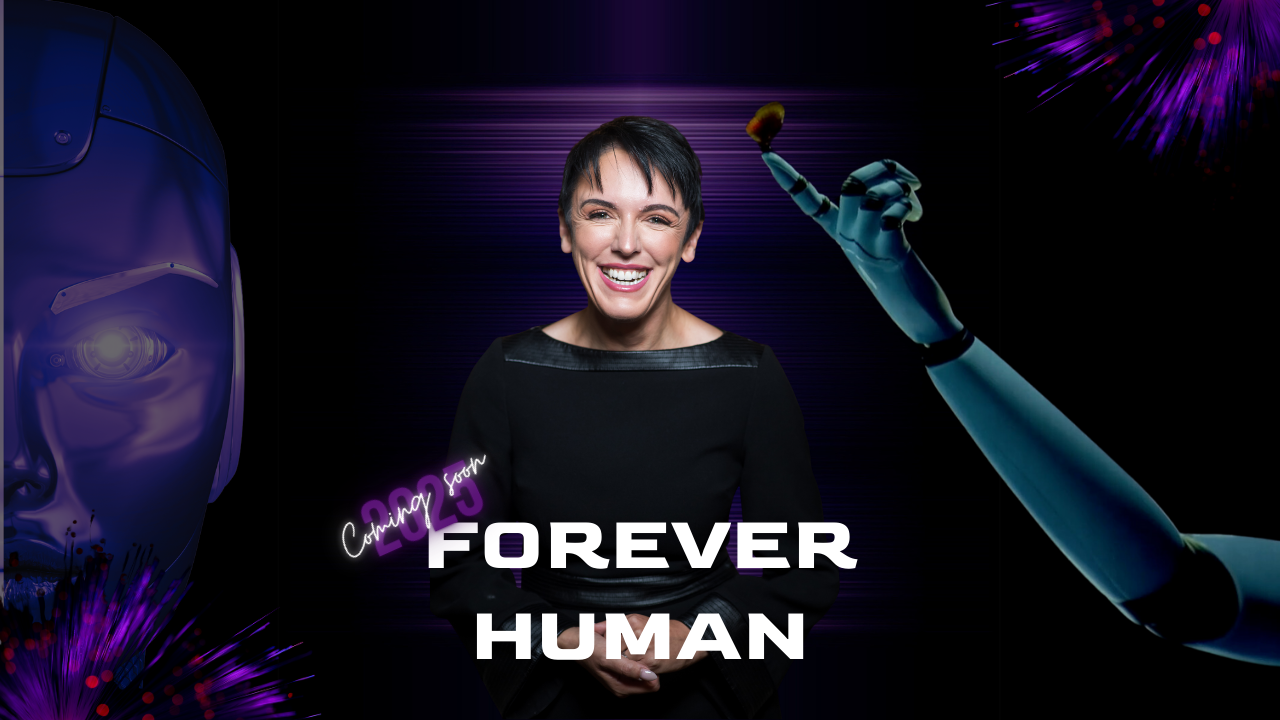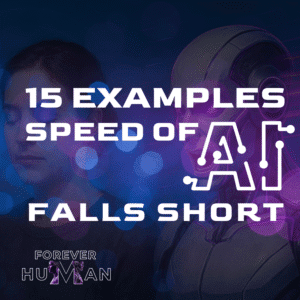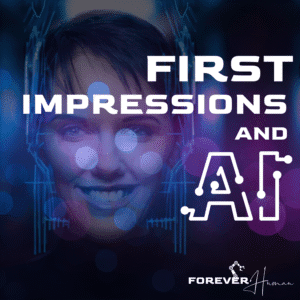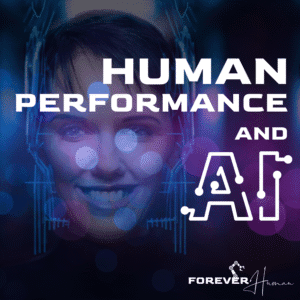AI and Leadership: What Happens When Authority Meets Automation

A promotion used to mean more responsibility, more visibility, and more decisions. Today, it also means more algorithms. The role of a leader is being redefined; quietly, swiftly, and often without permission. AI isn’t just a tool in the background anymore. It’s making predictions, suggesting hires, automating approvals, and even measuring employee sentiment. Welcome to the new era of AI and leadership, where machines set the pace and humans are asked to keep up with empathy, strategy, and speed.
The future of leadership won’t just be about managing people. It will be about re-humanizing people in systems that risk dehumanizing them.
KEY TAKEAWAYS
- AI and leadership now intersect in decisions about culture, communication, hiring, and employee well-being
- Leaders must learn to lead through AI, not around it
- Emotional intelligence becomes even more valuable as tasks become more automated
- Employees are becoming more selective, more skeptical, and more digitally fatigued
- Communication is harder, trust is thinner, attention is fractured
- Leadership must evolve from commanding to connecting
- Successful leaders will prioritize clarity, curiosity, and context
When Data Becomes the Boss

AI doesn’t sleep, it doesn’t blink, and it never shows up late to the strategy meeting. It just delivers data: fast, complex, and seemingly unbiased.
That’s exactly why it’s seductive. Leaders are increasingly relying on AI-powered dashboards to make decisions about performance, productivity, and potential. But when decisions are driven purely by data, context gets lost. The human stories behind the metrics disappear.
In this new era of AI and leadership, the danger isn’t that leaders will make the wrong call. It’s that they’ll make the efficient call at the expense of the empathetic one. Leadership has always involved judgment. But now it requires resisting the illusion of perfect objectivity. Algorithms can calculate performance. They can’t recognize effort. They can score sentiment. They can’t measure culture.
The leaders who thrive will be those who use data as a mirror, not a mandate, those who ask, “What am I not seeing in these numbers?” and “Whose story is missing from this chart?”
Leadership isn’t data-driven. It’s data-informed and people-led.
Sylvie di Giusto
The Rise of the Skeptical Employee

Employees are no longer just working with AI. They’re being evaluated by it.
They know when a decision was automated. They know when a chatbot is doing the first round of resume screening. They know when performance data is being tracked in the background. And that knowledge breeds something new: skepticism.
AI and leadership are colliding at the trust line. When transparency is missing, suspicion fills the void.
Employees are asking: What’s the algorithm doing with my data? Who gets to see it? Can I challenge it? This isn’t paranoia. It’s the reality of working in a system that increasingly monitors, predicts, and nudges behavior without always explaining why.
Trust doesn’t vanish in one dramatic moment. It erodes in micro-decisions, vague policies, and robotic responses. Leaders who hope to keep teams engaged must do more than “implement AI.” They must humanize it, explaining the why, the how, and the who behind every tool they introduce.
An algorithm without context creates suspicion instead of support.
Sylvie di Giusto
Attention is the New Scarcity

In a world of alerts, dashboards, Slack messages, social media alerts, and meeting invites, focused time is the luxury no one can afford.
AI tools may save us time, but they also fill our time with more things to click, skim, and decide. As a result, deep thinking is becoming rare. Strategic planning competes with constant digital reaction.
Leaders must now protect focus. Not just for themselves, but for their teams.
That means creating environments where it’s okay to pause. To think. To challenge. The leaders who win won’t be the ones who react fastest. They’ll be the ones who restore depth in a world addicted to speed.
AI and leadership will only thrive together if we redesign workflows to make room for insight, not just output. That starts by treating attention as a shared organizational resource, one that needs just as much protection as profit.
Distraction is the tax we pay for constant optimization.
Sylvie di Giusto
Authority Without Clarity is Chaos

AI is changing how decisions are made. And with that, who gets to make them.
When AI systems suggest the best sales lead or flag the highest-risk client, who’s ultimately responsible if it goes wrong? The tool? The technician? The team lead?
This diffusion of authority is dangerous. It creates a blame-shifting culture where no one feels accountable. Leaders must resist the temptation to hide behind the algorithm.
AI can inform, but it must not absolve. Employees want clear boundaries. They want to know who owns what, and that includes the decisions AI is involved in.
Clear leadership in an AI-powered world means drawing the line between assistive and authoritative. It means saying, “This is what the data shows, and this is the choice I’m making.”
The algorithm can guide you. But it won’t stand up for your decisions
Sylvie di Giusto
Emotional Intelligence Just Got a Promotion

Soft skills have always been a little bit undervalued. AI just changed that.
As automation eats up the routine, what remains are the hard things: tension, escalation, miscommunication, ambiguity. These are not technical problems. They’re emotional ones.
Empathy, adaptability, self-awareness… these aren’t buzzwords. They embody the skill set of modern leadership.
Because while AI can predict outcomes, it can’t persuade a hesitant team. It can’t motivate someone who’s burned out. It can’t sense the awkward silence on a Zoom call and ask the right question.
AI and leadership intersect most powerfully in the moments where things go sideways. And those moments require more Emotional Intelligence, not more code.
Soft skills aren’t soft anymore. They’re the hardest to replicate.
Sylvie di Giusto
Culture Isn’t Coded. It’s Modeled

AI doesn’t create culture. It reflects it.
If your workplace culture is transactional, the automation will reinforce it. If it’s inclusive, the automation will amplify it. But it never builds it from scratch. That’s still a human job.
Leaders shape culture in how they use AI. Do they delegate with clarity? Do they communicate the “why” behind automation? Do they hold space for disagreement? Do they show up, consistently human, even as machines take more of the load?
AI and leadership require intention. And that intention becomes visible in the smallest behaviors. Not in what systems you buy, but in what boundaries you set. Not in which dashboards you read, but in how you respond when the numbers aren’t perfect.
Culture doesn’t live in code. It lives in choices.
Sylvie di Giusto
Choose Humanity Before Efficiency
Leadership isn’t going away. But the kind of leadership that works is. In the AI era, the best leaders won’t be the ones who automate the most. They’ll be the ones who remember the point of it all: people. Humans with fears, with dreams, with inboxes that ping all day and kids who need help with homework at night. AI may help us scale. But it’s the human moments that help us matter.
In the end, leadership is still about one thing: making people feel seen, safe, and significant. Even if the machines write the memo.
ACADEMIC INSIGHTS
HOT OF THE PRESS
Swiss Business School | 2025
The Impact of AI on Evolving Leadership Theories and Practices
ESCP Business School | 2025
Artificial Intelligence and Emotional Intelligence: The New Frontier of Human-AI Synergy
Harvard Kennedy School | 2023
Leadership Development in the Age of Artificial Intelligence
Forbes (Coaches Council) | 2025
AI Leadership: The Hard Truth No One Wants to Admit
Forbes | 2025
The Rise of AI Resentment at Work: Why Employees Are Pushing Back
Business Insider | 2025
Companies’ Biggest Barrier to AI Isn’t Tech — It’s Employee Push‑Back
FREQUENTLY ASKED QUESTIONS
How can leaders avoid bias when using AI in decision-making?
voiding bias in AI starts with understanding that algorithms are only as neutral as the data they’re trained on. For leaders, this means asking deeper questions: Where is the data coming from? Who created it? Who’s missing from it? Leaders should advocate for diverse data sets, involve cross-functional teams in testing AI tools, and maintain manual oversight of important decisions. Regular audits, ethical review boards, and transparency around algorithm limitations are essential. In the realm of AI and leadership, avoiding bias is not a one-time action—it’s an ongoing responsibility. It’s not about perfection, but about designing systems and cultures that catch blind spots before they cause harm.
How do you know if your organization is over-relying on AI?
A clear sign is when decisions are made faster—but feel colder. If employees stop questioning decisions, if feedback loops feel one-sided, or if leadership defers critical conversations to “what the system said,” it’s time to recalibrate. AI should support decision-making, not silence dissent or remove nuance. In healthy organizations, AI is part of the conversation, not the final word. Leaders still ask follow-up questions, teams feel safe challenging data-driven outcomes, and emotional intelligence is used to interpret what AI can’t. In the balance of AI and leadership, over-reliance shows up not just in outcomes—but in the absence of dialogue.
Can AI actually help make leaders better?
Absolutely—when used intentionally. AI can free leaders from administrative burdens, highlight patterns they might miss, and even support emotional insight through sentiment tracking or behavioral analytics. But the key word is “support.” AI can surface insights, but it can’t set vision. It can flag tone in emails, but it can’t read a room. It can track productivity, but it can’t define purpose. In this way, AI and leadership work best together when technology is used to elevate human capacity—not replace it. Leaders who view AI as an assistant, not a replacement, are more likely to make thoughtful, inclusive, and high-impact decisions.

Think you know what’s coming? Think again.


